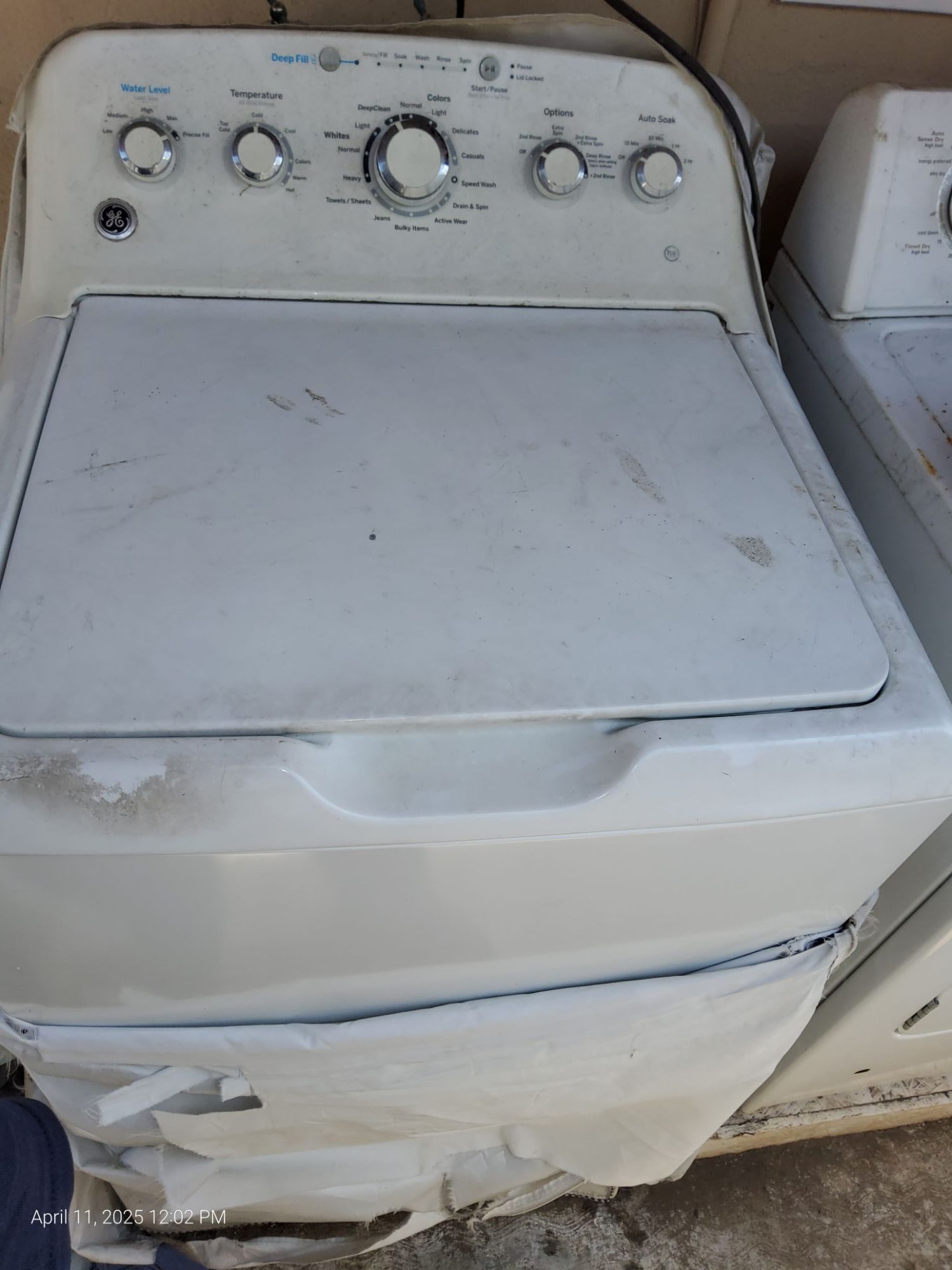
A washing machine is a household appliance we often take for granted until it starts making unusual noises or movements. One of the most common complaints homeowners face is when the washer begins to shake excessively during the spin cycle. While it might seem like a minor inconvenience at first, an excessively vibrating washer is not only disruptive but can also cause long-term damage to the appliance and even your home’s flooring. Two of the most frequent culprits behind this issue are an unbalanced load or worn shock absorbers.
Unbalanced Load: The Most Common Cause
An unbalanced load occurs when laundry is unevenly distributed inside the drum. Washing machines rely on balance to spin efficiently, and when one side of the drum is heavier than the other, it creates instability. For instance, washing a single large item like a blanket, towel, or rug can throw off the balance. The drum struggles to spin evenly, leading to loud banging noises, aggressive vibrations, and even the machine “walking” across the floor. Most modern washing machines are equipped with sensors to detect imbalance and attempt to redistribute the load automatically. However, this doesn’t always solve the problem, especially with heavy or bulky items. When the imbalance persists, the machine vibrates excessively, and over time, this repeated stress can lead to more serious mechanical issues.How to Prevent an Unbalanced Load
- Wash bulky items with smaller pieces to even out the drum.
- Avoid overloading or underloading the washer.
- Stop the cycle if you notice unusual vibrations, redistribute the laundry, and restart.
Worn Shock Absorbers: A Mechanical Issue
If the problem persists even with balanced loads, the issue might be more serious. Washers are designed with internal shock absorbers to stabilize the drum during high-speed spins. These components work much like the suspension system in a car, absorbing movement and keeping vibrations under control. Over time, however, shock absorbers can wear out due to constant use. When they lose their ability to stabilize the drum, the washer begins to shake violently. This problem usually develops gradually, so you might notice mild vibrations at first, which worsen over time. Worn shock absorbers are more common in older machines or washers that have been heavily used. Replacing them is not typically a DIY-friendly job, as it requires opening the machine, removing the drum, and installing new parts correctly.Other Potential Causes of Excessive Shaking
While unbalanced loads and worn shock absorbers are the primary reasons for washer vibrations, other issues can contribute, including:- Damaged suspension springs: These help hold the drum in place. If they weaken, the machine loses stability.
- Leveling issues: A washer placed on an uneven floor will shake more during the spin cycle. Adjustable feet can usually correct this.
- Worn drum bearings: If bearings wear down, the drum no longer spins smoothly, adding to vibrations.
Why You Shouldn’t Ignore the Problem
It may be tempting to ignore a vibrating washer and hope it works itself out. However, constant shaking places stress on both the machine and your home. Over time, it can:- Damage the washer’s internal parts.
- Loosen water hoses, leading to leaks.
- Scratch or damage flooring.
- Shorten the lifespan of the appliance.